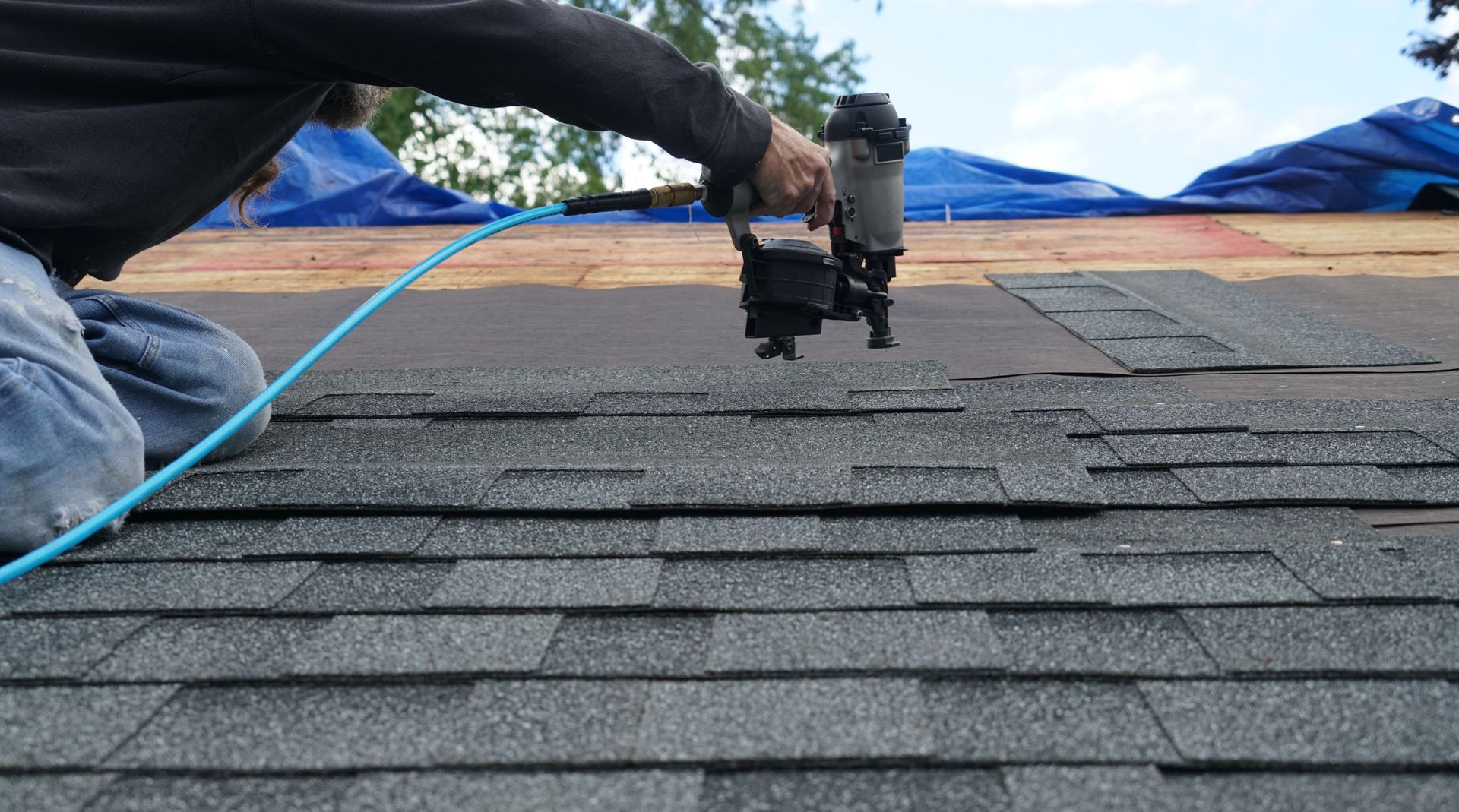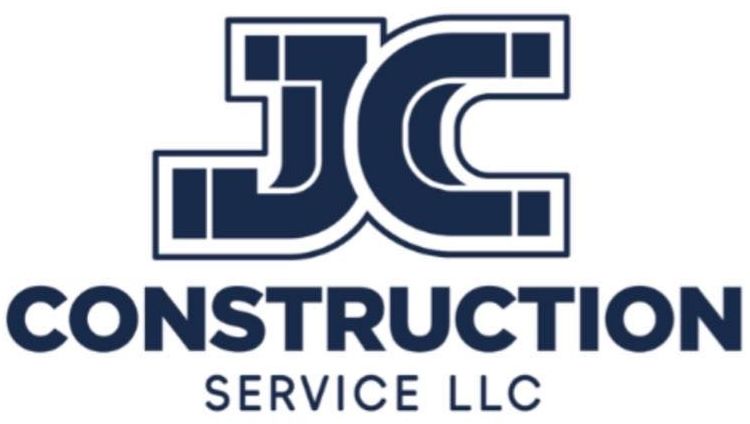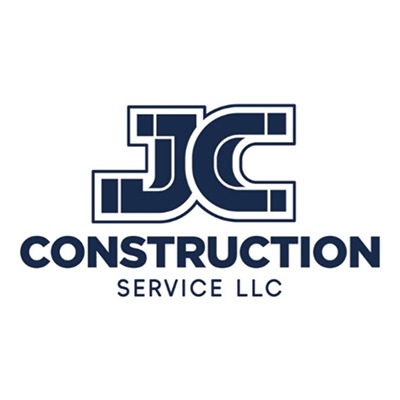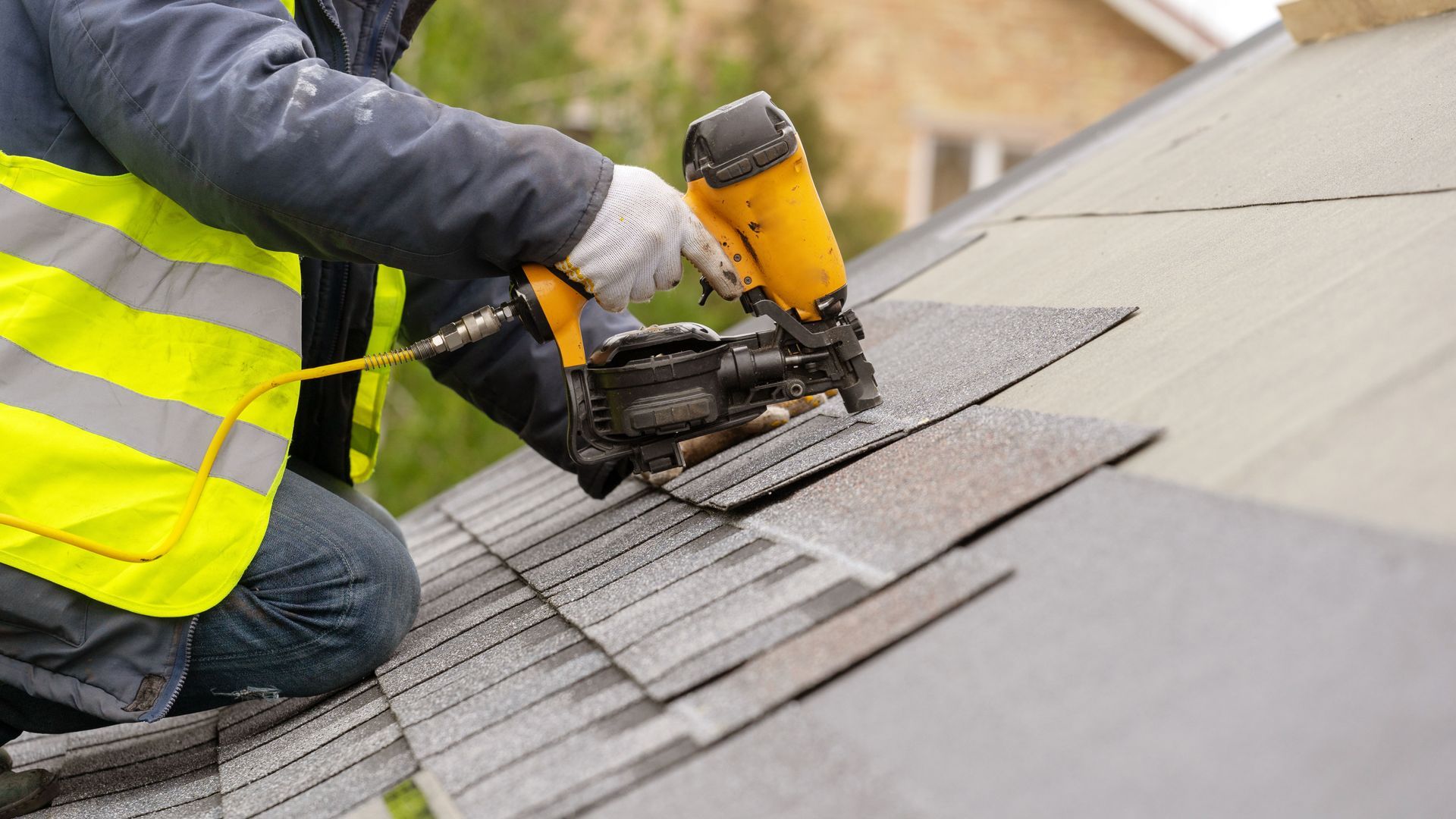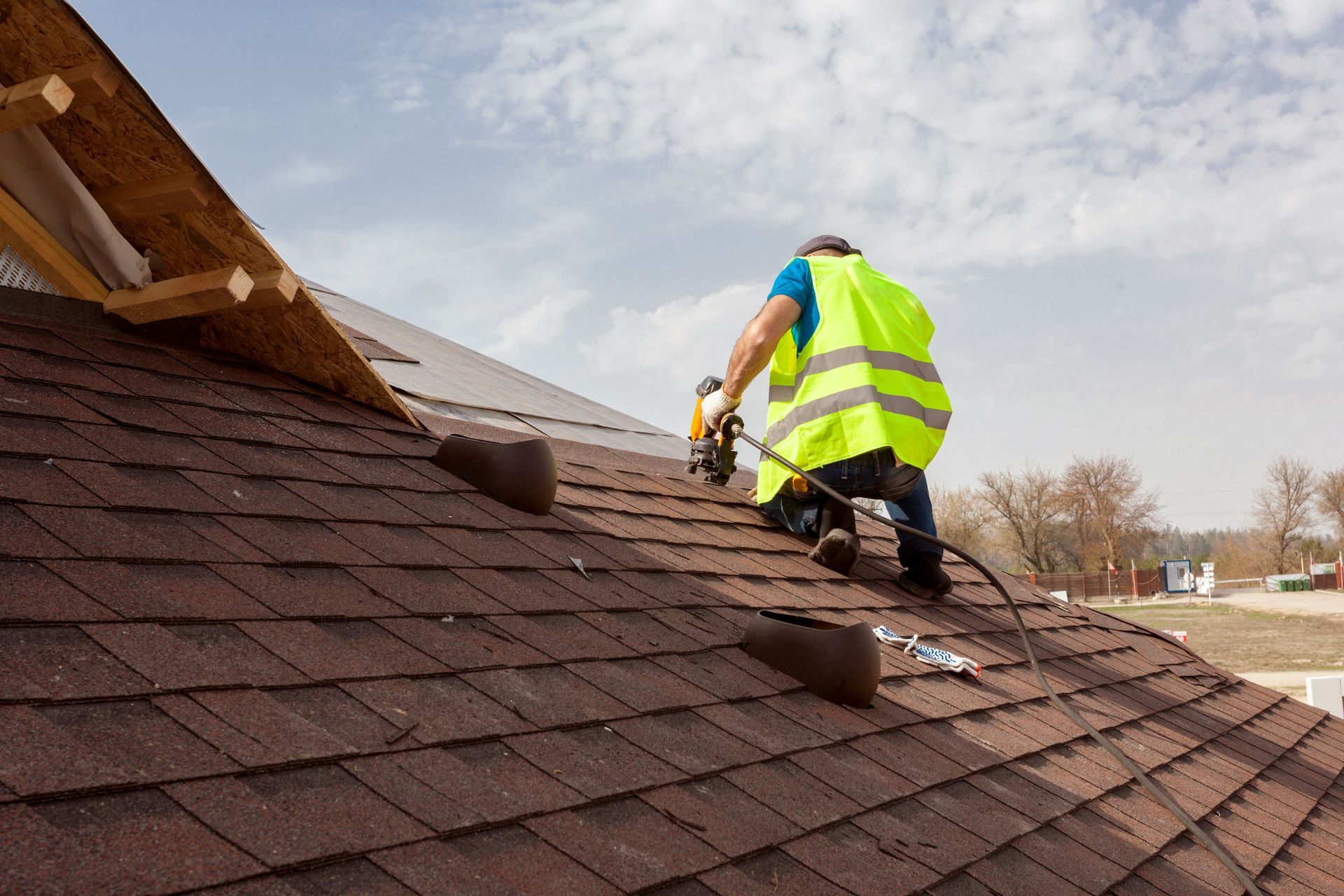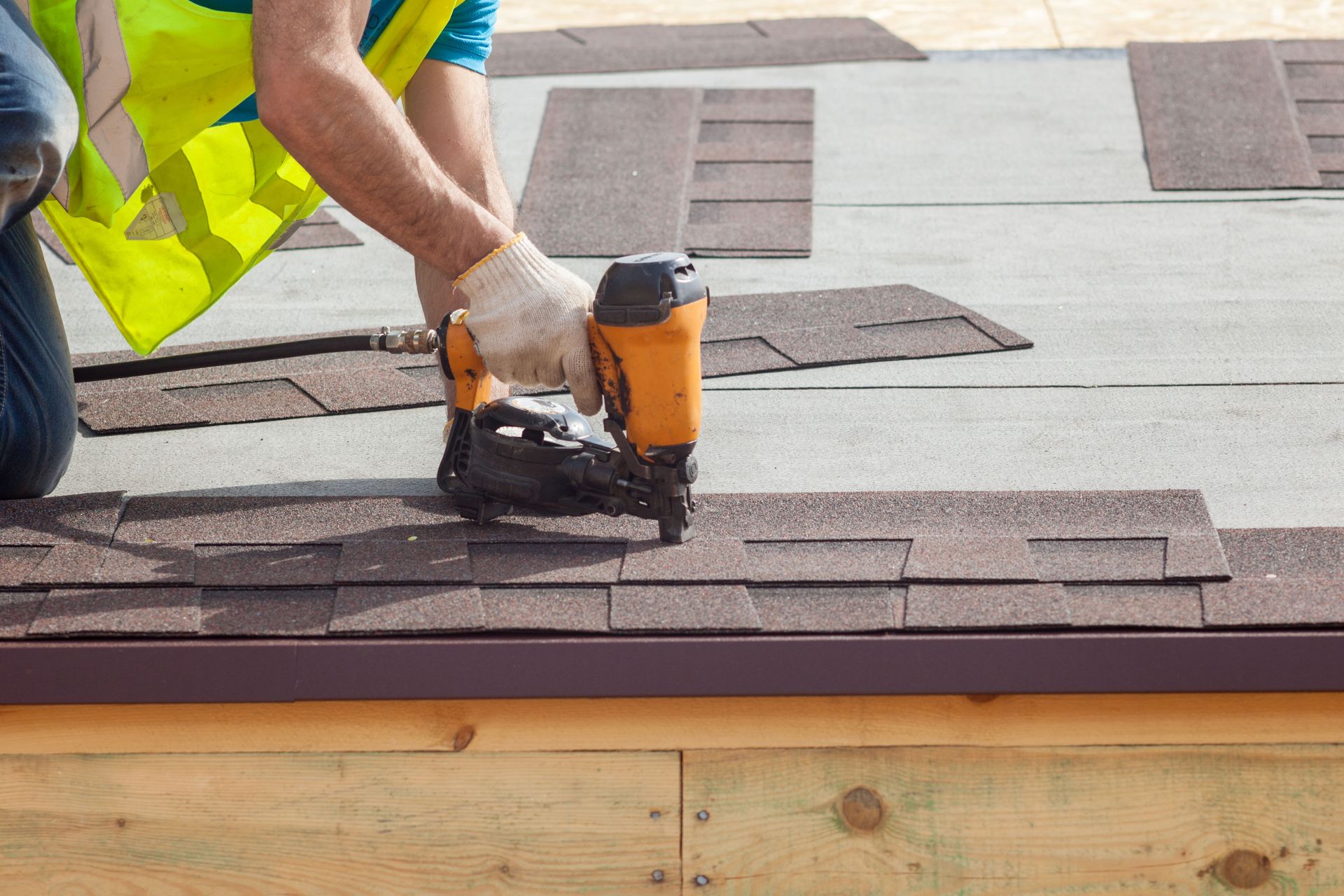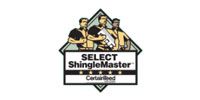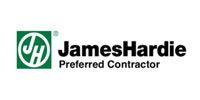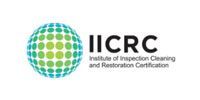September 30, 2025
Roofs are a crucial component of any structure, providing shelter and protection from the elements. However, over time, they are prone to various issues that can compromise their integrity.
Understanding the most common issues requiring roof repairs is essential for timely maintenance and repair to prolong the lifespan of your roof and ensure the safety and comfort of those residing beneath it.
Leaks and Moisture Buildup
Leaks and moisture buildup are prevalent problems that homeowners encounter when it comes to roof repairs. Identifying roof leak sources can be challenging due to the water's ability to travel from the point of entry to different areas of the roof structure. Common sources include worn-out shingles, faulty flashing, or damage from severe weather conditions. Regular inspections can help detect leaks early, especially after heavy rainstorms or snowmelt. Addressing leaks promptly prevents further complications and helps maintain the structural integrity of the roof.
If left untreated, roof leaks can lead to severe consequences that extend beyond water stains inside the home. Over time, moisture can cause mold growth, impacting indoor air quality and posing health risks to inhabitants. The structural components of the house, including rafters and joists, can weaken due to prolonged exposure to moisture, incurring costly repairs. Furthermore, persistent leaks may damage insulation, reducing energy efficiency and leading to higher utility bills. Prevention and early intervention are critical in mitigating these long-term effects.
Several areas of a roof are particularly prone to leakage, such as valleys, chimneys, skylights, and vent pipes. These locations often have transitions or interruptions in roofing material that can become vulnerable over time. Homeowners should be vigilant and inspect these areas regularly for any signs of deterioration, such as cracked caulking or loose flashing. While some minor leaks can be fixed through DIY methods, it is advisable to seek professional help for a thorough assessment and repair. Implementing preventative measures like proper ventilation and selecting high-quality materials can significantly reduce the risk of leaks.
Shingle Damage and Deterioration
Shingle damage is one of the most noticeable issues encountered with roof repairs, particularly for those using asphalt shingles. Types of shingle damage can vary, including curling, cracking, and missing or broken shingles. These damages often result from exposure to harsh weather elements such as strong winds, heavy rain, and the UV rays of the sun. Regular evaluations of shingle conditions can help spot early signs of wear, allowing homeowners to take corrective actions swiftly. Consistent maintenance prevents the development of more significant problems and protects the roof's overall integrity.
Homeowners often fail to recognize the early signs of shingle aging, which can include granule loss, discoloration, and visible wear patterns. Ignoring these indicators can lead to more severe issues, such as leaks and structural damage. Incorporating advanced materials and colors, roofs can reflect sunlight, absorb less heat, and extend shingle life while providing energy savings. According to This Old House, such roofs can lower indoor temperatures by nearly six degrees in non-air-conditioned buildings, making them a worthwhile investment. Selecting appropriate shingle types for specific climates also helps extend their durability and effectiveness.
Flashing Malfunctions
Flashing serves as a vital component in protecting roofs from water penetration by sealing seams and joints around features such as chimneys, vents, and skylights. The role of flashing in roof protection is crucial, as its malfunction can lead to significant damage if not addressed. Over time, flashing can deteriorate due to weather exposure, leading to potential leaks and structural damage. Regular inspection and maintenance of flashing can help identify signs of wear and prevent costly repairs. Homeowners should prioritize ensuring their flashing is intact and functional, contributing to the roof's overall effectiveness.
Identifying flashing damage often involves looking for visible rust, warped metal, or missing sections, all indicative of deterioration. Homeowners should also be proactive in checking for water stains on ceilings or walls, as these can suggest insufficient flashing protection. Repairing faulty flashing involves resealing, replacing damaged sections, and ensuring the surrounding components are secure. To prevent future issues, meticulously performed repairs should be conducted, preferably by trained professionals. Taking preventative steps, like proper installation, weathering-resistant materials, and consistent inspections, safeguards the roof's structural integrity.
Gutter Blockages and Damage
The functionality of gutters plays an essential role in the overall health of a roof by directing water away from the roof and foundation. The importance of functional gutters cannot be overstated, as blockages or damage can lead to severe issues such as water infiltration and foundation erosion, and may require roof repairs. Properly installed and maintained gutters can mitigate these risks, ensuring effective water management and contributing to the roof's durability. Homeowners can also increase their gutters' efficiency by selecting designs, materials, and sizes appropriate for their specific needs and region. Routine upkeep is crucial to make sure gutters are operating as intended.
Gutter blockages often occur due to accumulated debris such as leaves, sticks, and dirt, which hinder water flow and result in overflow and water pooling. This water can damage siding and foundation, and eventually leak into structures, causing extensive damage. Occasional cleaning and the use of gutter guards can effectively prevent these blockages, allowing water to flow smoothly. Homeowners should also ensure proper sloping and alignment to facilitate efficient water drainage. A comprehensive approach to gutter maintenance can help prevent common issues and protect the residence from water-related damage.
Signs of gutter damage include misalignment, rust, leaks, and sagging due to excessive weight from debris or water. Homeowners should regularly inspect gutters for visible signs of wear and address them promptly to prevent further issues. Cleaning and maintaining gutters effectively involves removing debris regularly, repairing leaks, and ensuring downspouts are clear for water to drain away from the building. If necessary, repairing or replacing damaged gutters is often the most effective course of action. Timely interventions can help prevent more significant problems like water damage and maintain structural integrity.
Ventilation Issues
Roof ventilation plays a pivotal role in maintaining the durability and efficiency of roofing materials and the home’s energy consumption. Adequate ventilation prevents moisture buildup, which can lead to mold growth and structural decay. It also regulates temperature by minimizing heat accumulation, leading to a more energy-efficient home environment. Ventilation issues can exacerbate roofing problems if not promptly addressed, ultimately shortening the roof's lifespan and elevating utility costs. Regular inspection and adjustments to the roofing ventilation system can enhance its effectiveness, ensuring the roof's longevity and helping to prevent roof repairs.
Some common signs of poor ventilation can range from a noticeable increase in energy bills to mold growth in the attic. Homeowners might also observe uneven roof temperatures, resulting in ice dam formation during winter. Additional indicators include the curling of shingles and premature aging due to heat and moisture trapped within the attic. By recognizing these warning signs early, potential issues can be mitigated before they result in significant damage. Proactively addressing ventilation problems is paramount to maintaining a safe and efficient household environment.
The maintenance and repair of a roof are critical to the overall health of a building. By staying informed about the most common roof repair issues and addressing them proactively, homeowners can avoid costly replacements and ensure their roofs continue to provide protection for years to come. Regular inspections, timely repairs, and choosing the right materials and professionals for roof maintenance are essential steps in safeguarding the structure and longevity of a roof.
If your roof is showing signs of damage or aging, don't wait until the problem gets worse. Contact JC Construction Service, LLC today for expert roof repairs you can rely on to protect your home and your peace of mind.
